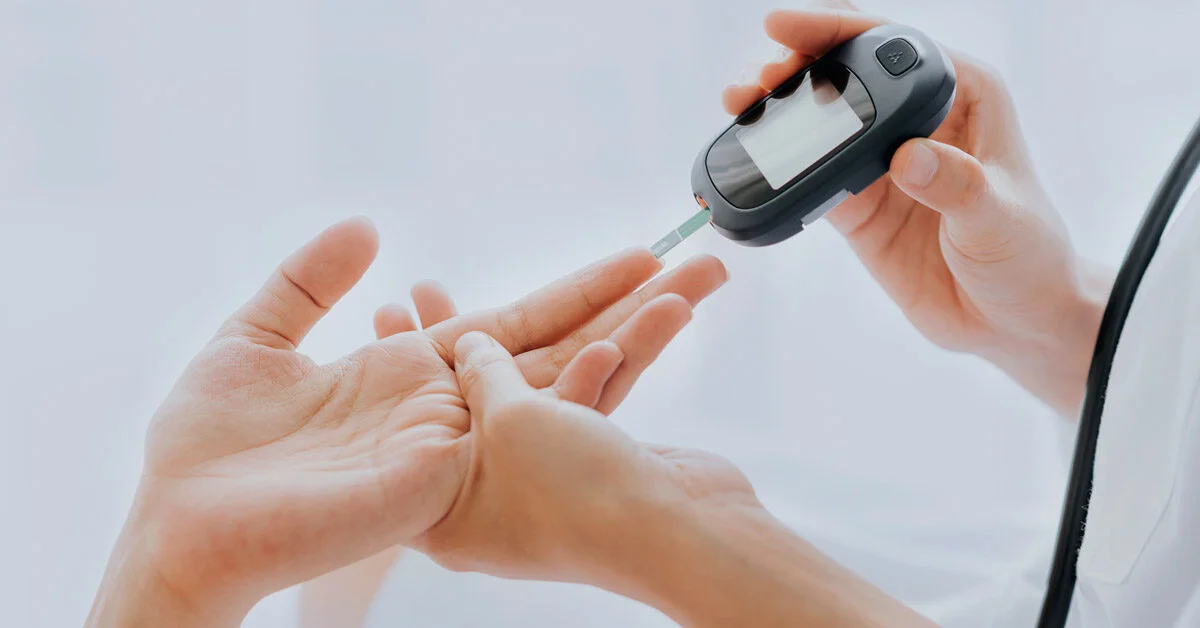Diabetes is a disease affecting millions of people worldwide, wherein the blood glucose level is elevated. Insulin is a hormone secreted by the pancreas that maintains sugar levels in the body and helps the glucose enter cells for optimal energy utilization. However, in diabetes, the insulin cells are damaged, and the glucose level gets elevated. Diabetes has no cure; however, it is manageable by lifestyle modifications.
Read More: artificial jewellery in Pakistan
Types:
Type I Diabetes: It is a type of diabetes where the immune system destroys the cells that make insulin. It is more common in children and young adults and is also referred to as juvenile diabetes. Patients with Type 1 diabetes are insulin-dependent. Due to the absence of insulin in the body, glucose cannot enter the cells, leading to life-threatening complications.
Type II Diabetes: In this condition, either the body cannot make insulin or is unable to utilize the insulin optimally. It is more prevalent in middle age and older people and is the most common type of diabetes.
Gestational diabetes: It develops in pregnant women. It subsides on its own after the delivery. However, it increases the chance of developing Type 2 diabetes later.
Risks:
- Family history
- Overweight
- Physical inactivity
- Hypertension
- Gestational diabetes
Role of Insulin:
Insulin helps to regulate blood sugar levels. After one consumes carbohydrates, it breaks down to glucose, which then enters the bloodstream. The pancreas is the organ that produces insulin and allows the body cells to absorb insulin.
After meals, if glucose levels are high, excess glucose is stored in the body as glycogen. If glucose levels are low, this stored glycogen is broken down into glucose and released into the bloodstream.
In Diabetes:
Glucose levels in the body are elevated as insulin is not present to maintain and regulate glucose levels. People with type II diabetes suffer from insulin resistance and insulin deficiency. If untreated, it might lead to vision loss, nerve damage, and kidney failure.
For people with Type I diabetes, insulin therapy is vital for replacing insulin. Occasionally, people with gestational and Type II diabetes require insulin therapy if other treatments are insufficient to maintain blood glucose levels. The treatment prevents further complications arising from diabetes.
Types of Insulin:
It is decided based on the type of diabetes, glucose levels, its fluctuation, and lifestyle.
The types of insulin are Long-acting (3-4 hours), Ultra long-acting, Intermediate-acting (1-2 hours), and short-acting (15-30 minutes).
Rapid or short-acting insulin: Ideal for preventing an increase in glucose levels after meals. They are much faster than long-acting or intermediate-acting; however, they work for a shorter period (2-4 hours). E.g.aspart, lispro, glulisine.
Delivery options
Pen/Shots: It is injected subcutaneously with a syringe and needle or a pen-like device. The frequency of inception depends on the type of diabetes, blood sugar level, and frequency of eating.
Insulin pump: It pushes a tiny, rapid-acting dose of insulin into a thin tube underneath the skin. It is delivered repeatedly throughout the day at intervals as prescribed.
The therapy is effective only if administered appropriately. Doctors can give injections in the abdomen, outer thigh, back of the arm, and flank/buttocks. The needle must be placed at a 90-degree angle and held in place for 5-10 seconds to prevent leakage of the insulin. The person giving the injection must rotate the injection to avoid lipohypertrophy. The insulin is available in pen and vial form. The pen form has the added advantage of storage at room temperature for 28 days and is easy to apply to patients with vision and dexterity issues.
The therapy is generally recommended for people with Type II diabetes and HbA1c greater than 9% or if the diabetes is uncontrolled despite oral glycemic treatments. The treatment is divided between breakfast, lunch, and dinner. When choosing the therapy, consider glucose control, adverse effects, cost, adherence, and quality of life. There are three types of insulin: premixed, basal, and bolus insulin. Hypoglycemia is an effect of premixed and bolus insulin, and weight gain is that of bolus insulin.
Titration of insulin over time is critical for improving glycemic control and preventing diabetes-related complications. Often, oral medications are also given along with insulin therapy to maximize the effect. Metformin is often continued in a patient on insulin therapy as it reduces the risk of cardiovascular diseases. The patient must regularly monitor their blood sugar levels when on insulin therapy. Sugar levels can be monitored via a glucometer to notify the range to the doctor. Each person’s treatment varies. People on regular insulin take it 30-60 minutes before a meal. People on rapid-acting insulin take it before they eat.
Side effects:
- Pain
- weight gain
- hypoglycemia
Symptoms of an insulin reaction and hypoglycemia include the following:
Fatigue
Frequent yawning
Speech and thinking difficulty
loss of muscle coordination
Sweating
Twitching
Seizure
Fainting spell
Paleness
Loss of consciousness
Conclusion:
Insulin therapy is an effective way to lower and maintain glucose levels. In case of difficulty managing glucose levels, talk to the best diabetes doctor in Mumbai at the earliest to prevent the chances of complications and to get started on an insulin regimen as required.
Also know more about best cancer doctor in mumbai and get yourself treated.




